
Our eyes are one of the most delicateorgans in our body. Therefore, we need to be very careful with them,keeping them protected and avoiding exposure to excessive stressso as not to hurt them or cause any kinds of vision problems.
Unfortunately, some people have losttheir vision completely, or to a certain extent. In order for thisform of vision loss to be assessed, there is a special type oftesting which is commonly carried out. This test is called the visualfield test and the following lines will describe it and define itsusage in the diagnosis of many possible vision problems.
Problems in Eyes
There are many possible causes ofvisual field loss. Some of these are conditions like the opticneuropathy or macular degeneration, macular holes, cone dystrophiesor some other diseases like the Best's disease, Stargardt's diseaseor achromatopsia. These illnesses usually trigger central visualfield loss.
On the other hand, conditions such asretinitis pigmentosa, glaucomas, retinal detachment, Leber's opticatrophy or chorioretinitis, all can lead to the loss of peripheralvision field.
When a person experiences a decrease inhis/her visual field, several tests can contribute to the process ofdiagnosis of the underlying problems behind it. First of all, theseare screening tests including the visual field testing and use of theAmsler grid and the quantitative measurements, carried out with theassistance of specialist equipment. The latter process is alsoreferred to as automated perimetry.
Some of the vision problems that can be diagnosed this way are the following: Scotoma is one of the conditions, it is a defect which manifests through a visual field impairment surrounded by normal visual field, being either relative, if the person cannot see dark objects in poorly illuminated areas or absolute if a person cannot see anything within a certain visual field area. Next, hemianopia, a condition which manifests through each eye being hemified can also be diagnosed this way. This vision field problem can be bitemporal, homonymous or altitudinal, depending on the symptoms which is hand-in-hand with the condition. Note that hemianopia can also be incoplete, called quadrantanopia or sectroral defect.
Visual Field Test and Blindness
One of the more simple approaches tovisual field testing is the process called confrontation. Here, thedoctor sits in front of the patient, about 50cm away, observing thenose of the patient while asking him/her to do the same. Then, thedoctor starts moving his/her fingers or a pin with a white or a redhead from the side into the visual field of the patient. Before thisprocess starts, the patient is told to report when he/she startsseeing the fingers. Also, he/she should notify the doctor when thefingers disappear from the visual field again, helping the healthpractitioner to diagnose some of the vision field loss problemsmentioned above.
The test can be repeated several times,concentrated on each eye individually. The doctor, during the wholetest, reminds the patient to keep his/her eyes fixated on thedoctor's nose.
There are many other forms of visualfield tests which can either be performed on both eyes at the sametime or on a single eye only. The devices used for this form oftesting may vary. Either way, the testing is invaluable since it candiagnose the presence of glaucoma and its response to various formsof treatment. Also, it can be useful for the screening and testingfor lid droop or some other diseases of the eye like maculardegeneration and toxicity. Many times, these tests are performed inorder to help patients who need insurance for the treatment of theirvisual field loss conditions. Yet, visual field testing can also beused for testing the functioning of the visual nerve, which can becompromised if any tumors, injuries, circulation issues orcompressions are present in the area.
Sometimes, even nutritionaldeficiencies can lead to vision problems and these causes can also bediagnosed through visual field testing. Today, with the assistance ofmodern technology and computers, diagnosing and assessing eye-relatedhealth complications is a process more effective than ever.Therefore, visual field testing is commonly done in ophthalmology orneurology departments, where a single eye of the patient is coveredand his/her chin is fixated on a bowl-like holder. From thisposition, the patient is exposed to lights of different types and,after the tests are done, the computer generates a map of his/hervisual field.
The visual field test can be a usefultool for preventing blindness, defining and locating the potentialcauses of it. Taking into consideration that we need to take goodcare of our eyes, not letting any illnesses affect them, visual fieldtesting is a great tool for helping us with this. Thus, if youexperience any forms of vision problems, make sure you seek medicalassistance timely and prevent blindness through proper medicaltreatment.


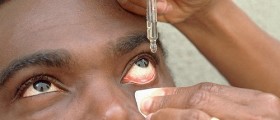

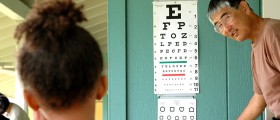

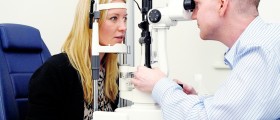


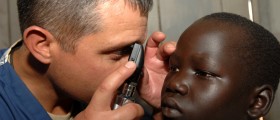






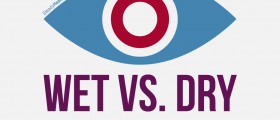
Your thoughts on this
Loading...